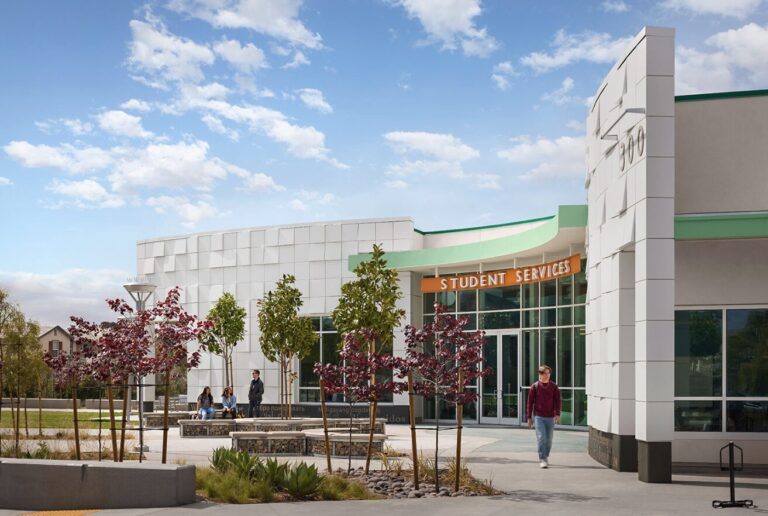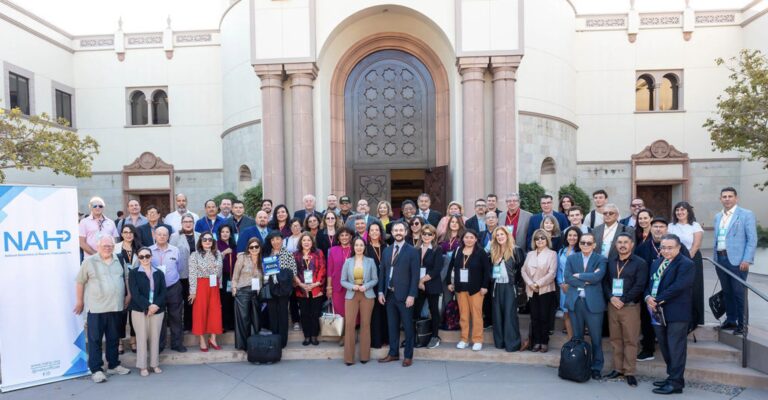By NCI
As the school year kicks off, many students and parents are asking themselves how they will pay for their education, especially college and above. Check out the options below and be sure to look up all the information you can find on them.
It is a very good idea to talk to your school counselor about these options, other options, and all scholarship and internship opportunities.
“One step in front of the other, and I promise you that the investment will pay off,” Dr. Star Rivera-Lacey, the president/superintendent of Palomar College says of going to college.
- Go to community college for two years and get some classes out of the way there. Some students qualify for scholarships and grants to attend for free for two years and save on their undergraduate studies.
- Both Palomar and MiraCosta College have programs to help students with services including health and mental health, food pantries, diaper agencies, childcare, and free textbooks.
- Look into Extended Opportunity Programs and Services (EOPS) for students disadvantaged by social, economic, educational, or linguistic barriers. Get comprehensive academic and support counseling, financial aid, and other services aimed at helping you reach your educational and career goals.
- Save money with a 529 plan, an investment account set up to save for future education expenses.
- Look into the CalKIDS.org program.
- Apply for scholarships. Check with your school counselor and at local companies, banks, and nonprofit organizations. There are all kinds of scholarships available. You can also look online and filter to find which meet your characteristics.
- Apply for state grants if you have financial need and meet the requirements.
- Check if you can complete some college courses while still in high school.
- Test out of some college classes. For example, take AP exams in English and science so you don’t have to take them, and pay for them, at the college level.
- Weigh your options at different schools. You may want to attend a less-expensive university.
- Consider going to college close to home so you don’t have to pay for housing. Cal State San Marcos is an option in the North County.
- Fill out the federal student aid form (FAFSA) to see what you qualify for.
- Work while studying, especially on campus. Work extra during breaks, including the summer. It is important to write out a detailed budget and to track your spending and saving.
- Look for a job that has tuition reimbursement. Some companies help cover your college costs as you are working for them.
- Try to get a student research position in the field you are studying. You can ask at your school or check with community organizations that might hire students under grant programs.
- Look for a paid internship.
- As a last option, you can get a student loan. Be aware of all the terms before signing for a loan.




